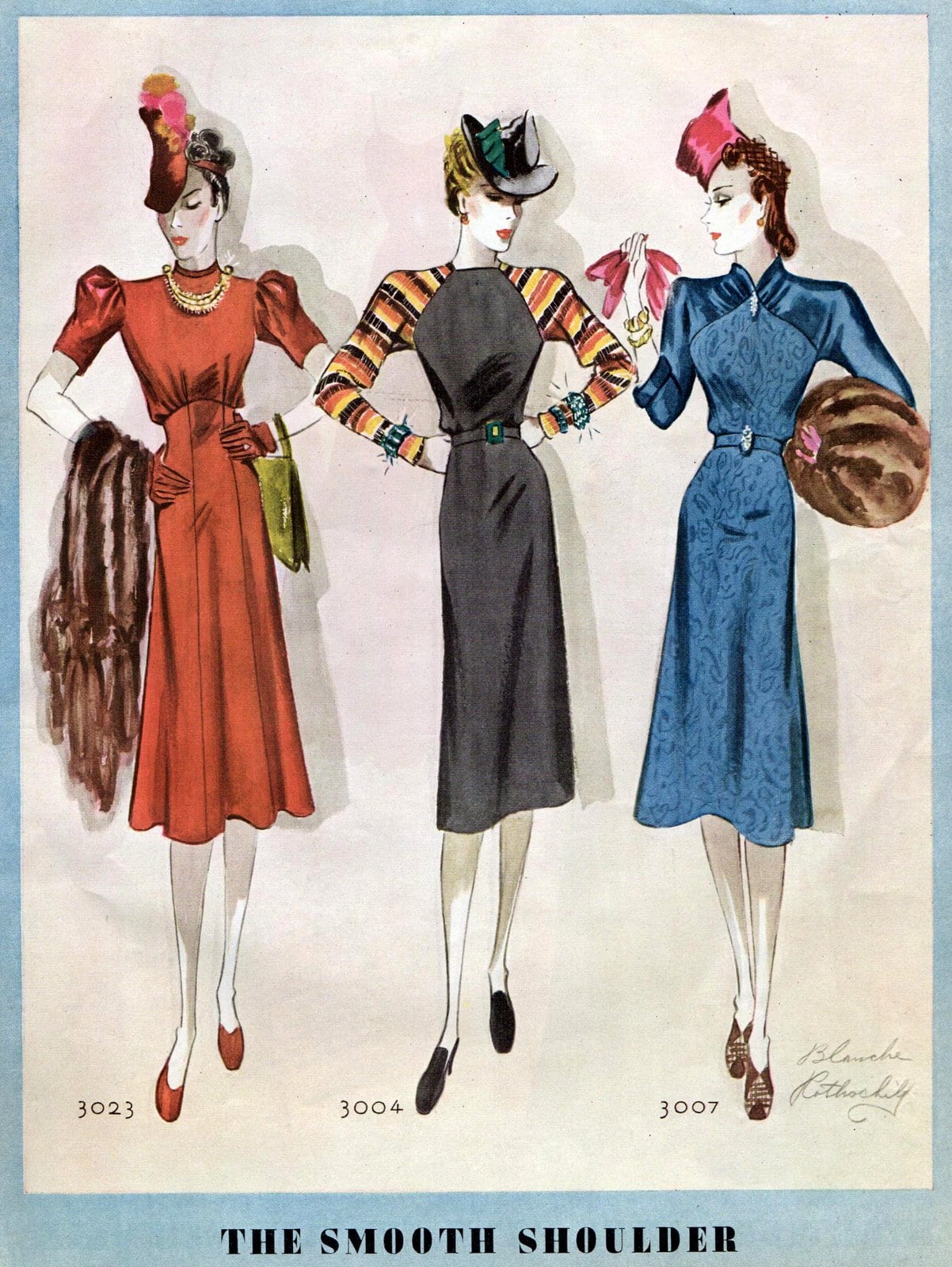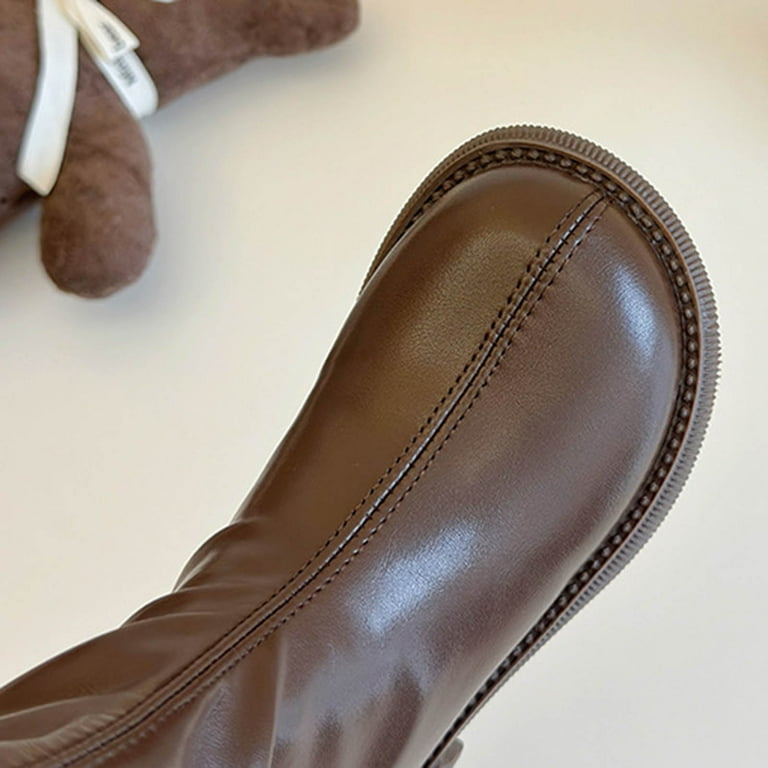As the leaves turn and a crispness fills the air, many of us reach for our favorite sweaters and boots, embracing the distinct charm of fall fashion. But have you ever stopped to wonder how we arrived at these beloved autumn traditions? My own fascination with clothing history began with a simple curiosity about how people dressed for cooler weather long before fast fashion. Delving into the archives, I’ve discovered a rich tapestry of innovation, necessity, and evolving aesthetics that shaped fall fashion in the past, offering surprising insights into today’s trends.
Join me on a journey back through time to explore the captivating evolution of autumn clothing styles, from elaborate Victorian ensembles to the practical chic of the mid-20th century. We’ll uncover the stories behind enduring fabrics, iconic silhouettes, and how the practical needs of warmth and durability blended with the artistic expressions of each era.
Key Takeaways
- Early fall fashion focused on practical layering and robust natural fibers, establishing foundational autumn styles.
- The Victorian and Edwardian eras brought an opulent yet structured approach to fall attire, emphasizing tailored coats and sophisticated layering.
- The 1920s and 30s saw a dramatic shift towards streamlined, comfortable fall fashion, moving away from past rigid styles.
- Fabric innovation, from tweed to corduroy, profoundly influenced the development of warm, durable, and stylish autumn clothing throughout history.
Autumn’s Enduring Appeal: A Glimpse into Early Fall Fashion
.png)
Long before department stores and online shopping, dressing for autumn was a matter of practicality and available resources. When we think of historical autumn clothing styles, especially from the 19th century, images of natural fibers and skilled craftsmanship come to mind. The Gilded Age, for instance, saw the burgeoning of opulent fall fashion trends, particularly among the elite, who embraced luxurious wools, velvets, and furs for their seasonal wardrobes.
Layering was not just a trend; it was a fundamental necessity for warmth. Historical layering techniques involved multiple garments, often starting with undergarments, followed by blouses, corsets, skirts, and then outerwear. This intricate process ensured warmth as temperatures dropped, allowing for adjustments throughout the day. My research into this period reveals a constant balance between staying warm and maintaining societal expectations of appearance.
The Grandeur of Fall: Victorian and Edwardian Elegance

The late 19th and early 20th centuries truly refined the art of dressing for autumn. Victorian era fall attire was characterized by its elaborate detailing, rich textures, and deep, autumnal color palettes. Women donned heavy wool skirts, fitted bodices, and elaborate cloaks or jackets. The emphasis was on modesty and structure, with silhouettes often featuring bustles or full skirts that required substantial fabrics to maintain their shape.
As we transitioned into the Edwardian era, fall fashion retained much of its elegance but introduced a slightly softer, more flowing silhouette. Edwardian tailored coats became iconic, often featuring intricate collars, broad lapels, and sophisticated details. These coats, made from fine wools and tweeds, were not merely outerwear but statements of style and status. The **tweed fabric history** itself is fascinating, originating in Scotland and becoming a staple for its durability, warmth, and classic aesthetic, perfectly suited for the cool, damp autumns of the past. Men’s historical autumn clothing styles also evolved, favoring robust wool suits, often in tweed or flannel, paired with heavy overcoats.
Flapper Chic to Depression Era Practicality: Fall Fashion in the Roaring Twenties and Thirties

The 1920s brought a seismic shift in fall fashion. After the constraints of the Victorian and Edwardian periods, the flapper era championed liberation and comfort. Fall fashion became less about elaborate layering and more about streamlined silhouettes. Iconic 1920s cloche hats, made from wool felt, were quintessential accessories, providing warmth while perfectly complementing the decade’s short hairstyles and straight-line dresses.
As the decade progressed and into the 1930s, **Art Deco fashion motifs** started appearing, influencing patterns and geometric designs in fabrics and accessories. While the exuberant “flapper” look faded with the Great Depression, practicality once again became paramount. Fall clothing still favored wools and knits, but styles became more modest and durable, designed to last and be versatile. The evolution of autumn clothing styles through history consistently shows this pendulum swing between opulence and necessity.
Resilience and Style: Fall Fashion Through the World Wars

The mid-20th century presented new challenges and opportunities for fall fashion. During World War I and especially World War II, **1940s utility fashion** became a defining characteristic. Fabric rationing meant clothing had to be practical, durable, and resourceful. Women’s suits often featured broader shoulders, nipped waists, and A-line skirts, made from sturdy wools or tweeds. The iconic **gabardine trench coat**, originally designed for military officers, became a civilian staple, valued for its water resistance and timeless style—a perfect example of how wartime innovation influenced everyday attire.
I’ve always admired how people maintained a sense of style and dignity even under such constraints. The ingenuity of making do with less, and the resilience reflected in their fashion choices, offers a powerful lesson in conscious consumption that still resonates today.
The Fabric of Autumn: Evolution of Materials and Knitwear

The heart of fall fashion has always been its textiles. The journey from crude woven goods to sophisticated modern blends is fascinating. Beyond tweed, **vintage wool knitwear** played an increasingly significant role throughout the 20th century. My own collection of vintage patterns shows how **how fall sweater fashion has evolved** from simple, hand-knitted pullovers to intricate Fair Isle designs and cozy cardigans. Wool, with its unparalleled warmth and natural breathability, remained a dominant choice for centuries.
Other fabrics made their mark too. The **corduroy styles** we love today emerged from a long history as a working-class fabric, prized for its durability and warmth, eventually becoming a fashionable choice for trousers, jackets, and skirts. And let’s not forget the humble **flannel shirt origins** – starting as practical workwear, flannel became synonymous with comfort and rugged style, perfect for crisp autumn days. These materials tell a story of innovation, necessity, and the enduring human desire for comfort and style as the seasons change.
Lessons from the Past: Enduring Autumn Styles for Today

Looking back at **fall fashion in the past** reveals an incredible **evolution of autumn clothing styles through history**. It’s clear that many of the elements we cherish in today’s autumn wardrobes are echoes of previous eras. The tailored coat, the cozy sweater, the durable flannel, and the art of sensible layering are not new inventions but perfected traditions. Understanding **how fall fashion changed from the 20th century** shows us a consistent drive towards both practicality and personal expression.
For men, **historical autumn clothing styles for men** consistently emphasized quality tailoring, sturdy materials, and functional outerwear. From wool waistcoats to heavy overcoats, the principles of dressing for warmth and durability have remained steadfast. What I find most inspiring is how designers today often draw directly from these rich historical references, giving new life to classic silhouettes and fabric choices. It’s a beautiful cycle of inspiration, proving that truly good style is timeless.
Frequently Asked Questions

What materials were most common for fall fashion in the past?
In the past, natural fibers like wool, tweed, flannel, corduroy, and gabardine were predominantly used for fall fashion. These materials were prized for their warmth, durability, and availability, essential for crafting clothing that could withstand cooler temperatures and often harsher conditions.
How did historical layering techniques differ from today’s layering?
Historical layering techniques were often more elaborate and structural. For women, this included multiple undergarments, corsetry, and several layers of skirts and bodices before adding outerwear. While today’s layering focuses on lighter, more flexible garments, the principle of trapping air for warmth remains the same.
When did fall sweater fashion truly begin to evolve?
While hand-knitted items have existed for centuries, fall sweater fashion began its significant evolution in the late 19th and early 20th centuries. The industrialization of textile production made knitwear more accessible, and by the 1920s and beyond, sweaters became a staple for both men and women, with new styles and patterns emerging consistently.
What role did specific historical events play in fall fashion in the past?
Major historical events, particularly the World Wars, had a profound impact on fall fashion. Fabric rationing during these periods led to **1940s utility fashion**, emphasizing practicality, durability, and simplified designs. Military influences, like the gabardine trench coat, also transitioned into civilian wear, shaping popular autumn styles.
Were there distinct historical autumn clothing styles for men compared to women?
Yes, distinct historical autumn clothing styles for men and women were very prominent, especially before the mid-20th century. Men’s fall fashion typically focused on tailored wool suits, heavy overcoats, and sturdy fabrics like tweed and flannel for professional and casual wear. Women’s fashion, while also using these fabrics, featured more varied silhouettes, from voluminous Victorian skirts to streamlined flapper dresses, along with elaborate outerwear like cloaks and tailored coats.





Leave a Reply